- Deep Dive Intro
- The Irreversible Nature of Everyday Life: A Hint of the Answer
- The Thermodynamic Arrow: Entropy’s Relentless Rise
- The Psychological Arrow: Our Brain’s One-Way Street
- The Cosmological Arrow: The Expanding Universe
- The Microscopic World: Where Time Seems to Dance Backwards (Sort Of)
- The Ongoing Quest: Unraveling Time’s Deepest Secrets
- Reading Comprehension Quiz
- Let’s Talk | Listening Comprehension Practice
- Listening Comprehension Quiz
- Let’s Learn Vocabulary in Context
- Vocabulary Quiz
- Let’s Discuss & Write
- Learn with AI
- Let’s Play & Learn
Deep Dive Intro
We experience time as an ever-flowing river, relentlessly carrying us from the past into the future. We remember yesterday, we live today, and we anticipate tomorrow. But have you ever stopped to ponder why this flow is always forward? Why can’t we easily revisit yesterday or skip ahead to next week? This seemingly simple question has puzzled physicists and philosophers for centuries, leading to some truly mind-bending theories and a deeper appreciation for the fundamental laws governing our universe. So, grab your metaphorical paddle, and let’s navigate the intriguing currents of time’s arrow.
The Irreversible Nature of Everyday Life: A Hint of the Answer
Think about a dropped glass. It shatters into a multitude of pieces, scattering across the floor. You’ve never seen those shards spontaneously reassemble themselves into a whole glass and leap back onto the table, have you? This simple, everyday occurrence provides a crucial clue to the mystery of time’s directionality. Many processes in our universe are irreversible; they happen in one direction only. This inherent directionality is what we perceive as the flow of time.
The Thermodynamic Arrow: Entropy’s Relentless Rise
One of the most compelling explanations for the arrow of time comes from the second law of thermodynamics, a cornerstone of physics that deals with heat and energy. This law introduces the concept of entropy, often described as a measure of disorder or randomness in a system. The second law states that the total entropy of an isolated system can only increase over time or remain constant in ideal cases; it never decreases.
Consider our shattered glass again. A whole glass is a state of relatively low entropy – the atoms are arranged in a specific, ordered way. When it breaks, the pieces are scattered randomly, representing a state of higher entropy. It’s far more probable for a glass to break than for a collection of shards to spontaneously form a perfect glass because the latter would require a highly improbable decrease in entropy.
This principle applies to countless other phenomena. Ice melts in a warm room, but a puddle of water doesn’t spontaneously freeze by absorbing heat from the room (that would decrease entropy). A puff of smoke disperses into the air, but it doesn’t spontaneously gather back into a concentrated cloud. Our universe, as an isolated system, is constantly moving towards a state of greater disorder. This relentless increase in entropy is known as the thermodynamic arrow of time, and it strongly aligns with our perception of time moving forward.
The Psychological Arrow: Our Brain’s One-Way Street
Our own experience of time is deeply intertwined with our memories. We remember the past, but we can’t remember the future (unless you’ve secretly developed psychic abilities, in which case, please share your lottery numbers!). This asymmetry in our recollection defines our psychological arrow of time. But why do we remember the past and not the future?
The prevailing theory connects this to the thermodynamic arrow. Forming a memory requires energy and increases the entropy of our brains. It’s easier to remember a state of lower entropy (the past, where things were more ordered before a process occurred) than a state of higher entropy (the future, which is statistically more likely to be disordered). Think of it like trying to unscramble an egg – it’s much harder to go from a scrambled egg back to a neatly shelled one in your memory than the other way around. Our brains, in essence, are constantly recording the increasing entropy around us, and this recording is what we perceive as the passage of time and our memories of the past.
The Cosmological Arrow: The Expanding Universe
There’s another potential arrow of time linked to the very fabric of our universe: the cosmological arrow of time. This arrow points in the direction of the universe’s expansion. Ever since the Big Bang, the universe has been expanding, and this expansion is currently accelerating. Some theories suggest that if the universe were to eventually contract, this cosmological arrow might reverse, potentially leading to some bizarre scenarios where time runs backward.
However, the current evidence overwhelmingly supports the ongoing expansion of the universe. Furthermore, the cosmological arrow appears to be linked to the thermodynamic arrow. The initial state of the universe after the Big Bang was one of incredibly low entropy, and as the universe expands, entropy continues to increase. This alignment between the cosmological and thermodynamic arrows reinforces the idea of a unidirectional flow of time.
The Microscopic World: Where Time Seems to Dance Backwards (Sort Of)
Interestingly, at the fundamental level of physics, the laws governing the interactions of particles are largely time-reversible. For example, if you were to film two billiard balls colliding and then play the film backward, the motion would still obey the laws of physics. There’s nothing inherently “forward” or “backward” about the basic interactions of particles.
So, why does this microscopic reversibility not translate to the macroscopic world we experience? The answer lies in the sheer number of particles involved in macroscopic systems. While the individual interactions might be reversible, the probability of all those particles spontaneously reversing their motion to recreate a past state is astronomically small, practically zero. It’s like shuffling a deck of cards – while any specific arrangement is theoretically possible, the odds of them spontaneously arranging themselves back into perfect order are infinitesimally tiny.
The Ongoing Quest: Unraveling Time’s Deepest Secrets
While the concept of increasing entropy provides a robust and widely accepted explanation for the thermodynamic arrow of time, and its connection to our psychological experience seems plausible, the ultimate nature of time and its unidirectional flow remains a profound mystery. Scientists continue to explore various avenues, including the role of quantum mechanics and the possibility of other universes with different arrows of time.
Perhaps, in the grand scheme of the cosmos, our perception of time as a forward-moving river is merely a consequence of the initial conditions of our universe – a universe that started in a state of incredibly low entropy and has been unwinding ever since. Like a wind-up toy that can only move forward until its energy is spent, our universe, and our experience of time within it, might be on a similar, albeit vastly more complex, trajectory.
So, the next time you watch a movie in reverse, remember that you’re witnessing something fundamentally improbable in the real world. Time, for all intents and purposes, marches relentlessly forward, guided by the subtle yet powerful hand of entropy, shaping our memories, and defining our experience in this vast and ever-evolving universe. And while the idea of time travel might remain firmly in the realm of science fiction for now, understanding why time only moves forward offers a fascinating glimpse into the deepest workings of reality.
Reading Comprehension Quiz
Let’s Talk | Listening Comprehension Practice
Listening Transcript: Please don’t read the transcript before you listen and take the quiz
Time, huh? It’s something we all deal with every single day, ticking away, dictating our schedules, and reminding us that we’re all getting a little older (some of us more gracefully than others, ahem!). But have you ever really stopped to think about why it only goes one way? The article we just read really got my gears turning on this one.
The whole idea of entropy just relentlessly increasing… it’s kind of a downer when you think about it, right? Everything slowly but surely falling apart, becoming more disordered. My sock drawer is a testament to this fundamental law of the universe, I swear. No matter how many times I organize it, entropy always wins. It’s like the universe’s way of saying, “Nope, can’t have nice things forever!”
But on a more serious note, it’s fascinating how this concept of increasing disorder at a fundamental level translates to our everyday experience. Think about it – you can easily make a cup of coffee, but you can’t spontaneously un-mix the sugar and milk. You can break an egg, but you can’t un-break it (trust me, I’ve tried after a particularly ambitious omelet attempt). It’s like the universe has a one-way ticket policy, and there are no refunds or exchanges.
The psychological arrow of time is also pretty wild. The fact that our brains are wired to remember the past but not the future… it makes sense when you tie it to entropy. It’s like our memories are snapshots of moments when things were a little more put together, and the future is just a big, messy unknown. I wonder if having memories of the future would actually be more stressful. Imagine knowing exactly when you’re going to spill coffee on your favorite shirt – talk about anxiety!
And then there’s the cosmological arrow – the universe expanding. It’s mind-boggling to think that the very fabric of space and time is stretching out. It makes you feel pretty small in the grand scheme of things, doesn’t it? Like we’re all just along for the ride on this giant, ever-expanding balloon. The thought that if the universe ever contracted, time might reverse… that’s the kind of stuff that keeps me up at night. Imagine reliving all your awkward moments backwards! No thanks.
The bit about the microscopic world being time-reversible is particularly trippy. It’s like at the tiniest level, the universe is saying, “Hey, anything can happen in reverse!” But then when you zoom out to our scale, it’s a strict one-way street. It’s like the universe has different rules for different sizes, which feels a bit unfair, doesn’t it? Like the tiny particles are having all the fun with their time-bending abilities, and we’re just stuck going forward.
It makes you wonder about free will, too. If everything is just a consequence of increasing entropy, are our choices really our own, or are we just being carried along by this unidirectional flow of time? Deep stuff, right? Maybe that’s why I prefer thinking about my messy sock drawer – it’s slightly less existential.
Have you ever had that weird feeling of déjà vu, like you’ve experienced a moment before? Could that be some kind of glitch in our perception of the psychological arrow of time? Or maybe I just need more sleep.
What do you think is the most convincing explanation for why time only moves forward? Is it the relentless march of entropy, our brain’s wiring, the expansion of the universe, or something else entirely? And do you think there’s any possibility of ever truly reversing time, or is that just pure science fiction?
For me, the idea of entropy is the most compelling, even if it’s a bit of a cosmic bummer. It just seems to explain so much of what we observe in the world around us. But who knows? Maybe future scientists will uncover some other fundamental law that sheds even more light on this mystery. Until then, I guess we’ll just have to keep moving forward, one second at a time, and try not to break too many glasses along the way.
Listening Comprehension Quiz
Let’s Learn Vocabulary in Context
Alright, let’s dive into some of the fascinating vocabulary and phrases we encountered when pondering the question of why time only moves forward. These are terms that often appear in discussions about physics, philosophy, and the fundamental nature of reality.
First up, we have unidirectional river. When something is unidirectional, it means it flows or moves in only one direction. We described time as an ever-flowing, unidirectional river. Think about a one-way street – it’s a unidirectional pathway for cars.
Then we used the word ponder. To ponder means to think about something carefully, especially before making a decision or reaching a conclusion. We asked if you’ve ever stopped to ponder why time only flows forward. Someone might ponder a difficult problem for a long time before finding a solution.
We also touched on the phrase mind-bending theories. Mind-bending theories are ideas or explanations that are so strange or complex that they are difficult to understand or believe. The question of time’s directionality leads to some truly mind-bending theories. The concept of multiple universes is often considered a mind-bending theory.
The article mentioned inherent directionality. Something that has inherent directionality has a natural or essential tendency to move or occur in a particular way. Many processes in our universe have inherent directionality, like heat flowing from hot to cold. Gravity has an inherent directionality, always pulling objects together.
We used the word relentlessly. If something happens relentlessly, it occurs continuously and without stopping. The second law of thermodynamics describes entropy’s relentless rise. The rain fell relentlessly throughout the night.
Then there’s the word cornerstone of physics. A cornerstone is something of great importance on which everything else depends. The second law of thermodynamics is a cornerstone of physics. Honesty is a cornerstone of any good relationship.
We discussed the concept of entropy. Entropy is often described as a measure of disorder or randomness in a system. The second law states that the total entropy of an isolated system can only increase. A messy room has high entropy, while a tidy room has low entropy.
The article brought up asymmetry in our recollection. Asymmetry refers to a lack of equality or evenness between two or more things. There’s an asymmetry in our recollection of the past versus the future. There’s often an asymmetry in the way different cultures perceive time.
We used the term prevailing theory. A prevailing theory is one that is generally accepted as true or correct by most people in a particular field. The prevailing theory connects our memory of the past to the thermodynamic arrow of time. The prevailing theory in biology is the theory of evolution.
Finally, we talked about astronomically small. If something is astronomically small, it means it is extremely tiny, often used in the context of probabilities or sizes in astronomy. The probability of all particles spontaneously reversing motion is astronomically small. The chances of winning the lottery are astronomically small.
So, those are ten key vocabulary words and phrases that help us understand the fascinating puzzle of time’s forward flow. These terms are useful not just for grasping scientific concepts but also for expressing complex ideas in everyday language.
Vocabulary Quiz
Let’s Discuss & Write
Alright, now that we’ve navigated the fascinating, and perhaps slightly perplexing, topic of time’s forward arrow, let’s keep the conversation flowing! Here are some thought-provoking questions to ponder further – feel free to share your insights in the comments below:
- The article suggests that our perception of time might be linked to the increasing entropy of the universe. Do you find this explanation satisfying? Can you think of any experiences or phenomena that might challenge this idea?
- If the microscopic laws of physics are time-reversible, does that mean that, in theory, we could one day reverse macroscopic events? What kind of technological or physical breakthroughs would be necessary for something like that to happen (if it’s even possible)?
- The cosmological arrow of time is tied to the expansion of the universe. If the universe were to start contracting, as some theories suggest, do you think our experience of time would fundamentally change? What might that “backward” flow of time feel like?
- The article mentions the psychological arrow of time and our inability to remember the future. Do you think having memories of the future would be beneficial or detrimental to our lives? How might it affect our choices and sense of free will?
- The concept of entropy is often associated with disorder. Can you think of examples in nature or in human-made systems where an increase in what might seem like disorder actually leads to something new, complex, or beneficial?
Now, let’s engage our creative minds with a writing prompt:
Writing Prompt:
Imagine a world where, due to a bizarre cosmic anomaly, time has suddenly started flowing backward for a single day. Describe your experiences during this temporal reversal. What are some of the strange and unexpected things you observe? How do you and the people around you react to this backward flow of time?
Directions:
- Begin by setting the scene and describing how you first realize that time is moving backward.
- Detail at least three specific events or interactions you experience during this backward day, focusing on the unusual order in which they occur (e.g., conversations unfolding backward, food returning to plates, etc.).
- Describe your emotional and psychological reactions to this disorienting experience. Are you confused, amused, frightened, or something else?
- Consider the practical implications of a day in reverse. How does it affect daily routines and activities?
- Conclude your story with the moment time returns to its normal forward flow and your reflections on the experience.
Tips for Approaching the Prompt:
- Embrace the surreal: This is a fantastical scenario, so let your imagination run wild.
- Focus on sensory details: Describe what you see, hear, and perhaps even feel during this backward day.
- Explore the cause and effect in reverse: Think about how actions and consequences would unfold differently.
- Consider the human element: How would people communicate and interact in reverse?
- Maintain a narrative flow: Even though time is backward, your story should still have a beginning, middle, and end.
Sample Phrases You Might Use:
- “I woke up to the unsettling sound of…”
- “To my astonishment, the spilled coffee on the table…”
- “Trying to have a conversation was utterly bizarre; it felt like…”
- “The most unsettling part was seeing…”
- “As suddenly as it began, the backward flow ceased, and I was left to ponder…”
Have fun exploring this temporal twist and let your creativity guide you through a day in reverse!
Learn with AI
Disclaimer:
Because we believe in the importance of using AI and all other technological advances in our learning journey, we have decided to add a section called Learn with AI to add yet another perspective to our learning and see if we can learn a thing or two from AI. We mainly use Open AI, but sometimes we try other models as well. We asked AI to read what we said so far about this topic and tell us, as an expert, about other things or perspectives we might have missed and this is what we got in response.
Alright everyone, let’s put on our expert physicist hats for a final, deeper dive into the enigma of time’s arrow. We’ve covered the main concepts, but there are a few more fascinating nuances and ongoing areas of research that are worth exploring.
One aspect we didn’t touch upon in detail is the role of quantum mechanics. While classical physics at the microscopic level appears time-reversible, the measurement process in quantum mechanics introduces an inherent irreversibility. When a quantum system is measured, it “collapses” into a definite state, and this process is not time-symmetric. Some physicists believe that this fundamental irreversibility at the quantum level might ultimately be the origin of the macroscopic arrow of time, although this is still a topic of much debate and research.
Another intriguing area is the connection between time’s arrow and the initial conditions of the universe. The fact that the universe started in a state of incredibly low entropy is a crucial factor in the thermodynamic arrow. Why was the early universe so ordered? This is a profound question in cosmology, and some theories propose that the very laws of physics might be different in a universe that started with high entropy, potentially leading to a reversed arrow of time or a universe where time flows in multiple directions.
Furthermore, the concept of the information paradox in black holes also touches upon the nature of time and irreversibility. When matter falls into a black hole, it seems that the information about that matter is lost, which would violate the principles of quantum mechanics that suggest information should always be conserved. Some proposed resolutions to this paradox involve complex ideas about the nature of spacetime and the possibility of information being encoded on the surface of the black hole (the event horizon), potentially offering new perspectives on the arrow of time.
It’s also worth mentioning that there are alternative perspectives on the arrow of time. Some physicists and philosophers argue that our perception of time as flowing is an illusion, and that all moments in time – past, present, and future – exist simultaneously in a kind of “block universe.” In this view, the arrow of time is simply our subjective experience of moving through this static block.
Finally, the question of whether the arrow of time is truly fundamental or emergent is still open. Is it a basic law of nature, or does it arise from the statistical behavior of a large number of particles? The answer to this question could have profound implications for our understanding of the universe and our place within it.
So, while we have some compelling explanations for why time seems to only move forward, the topic remains a frontier of scientific inquiry, with many fascinating and challenging questions still to be answered. The unidirectional river of time continues to flow, carrying us along its currents, and prompting us to delve deeper into its mysterious origins and nature.
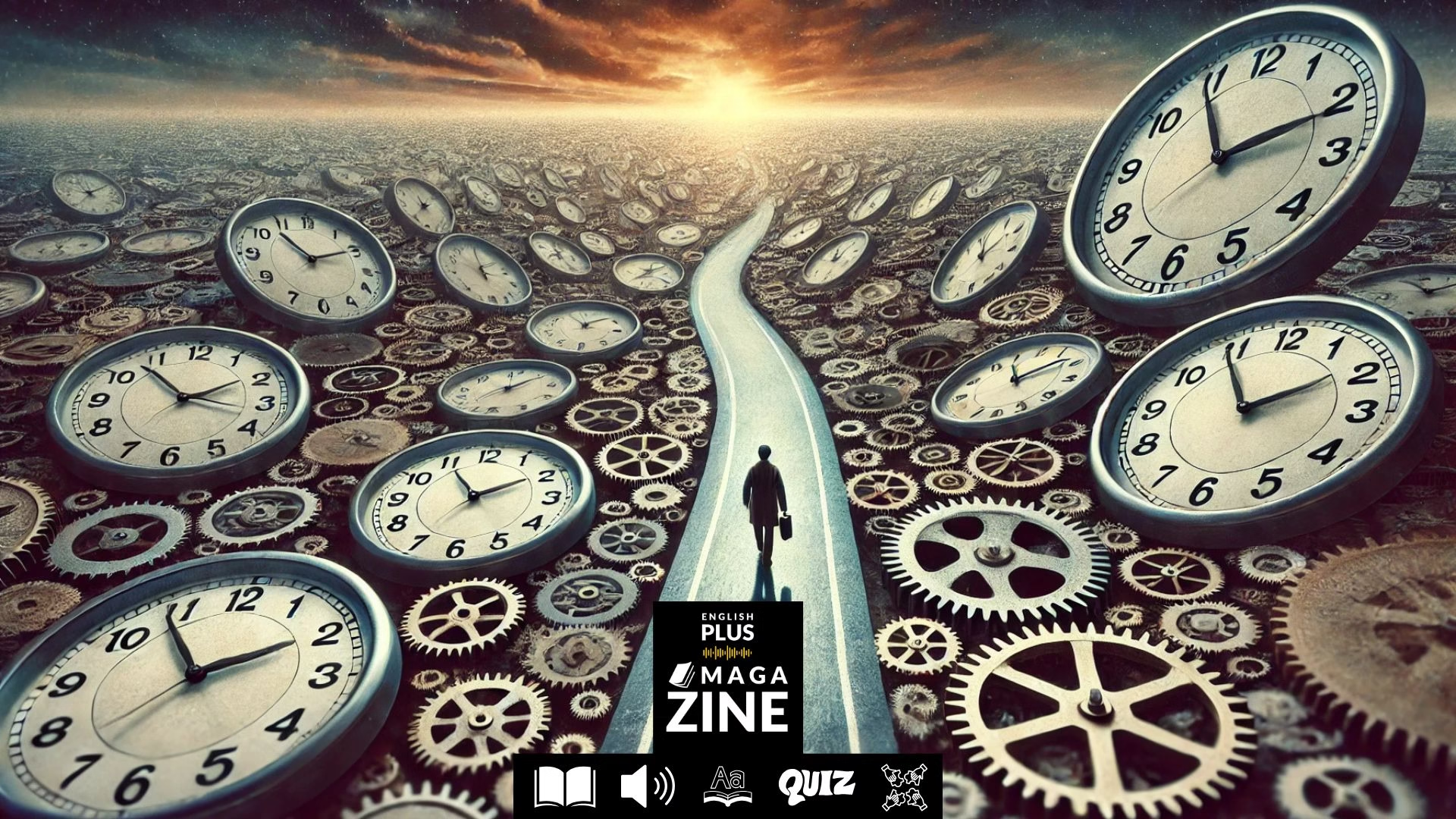




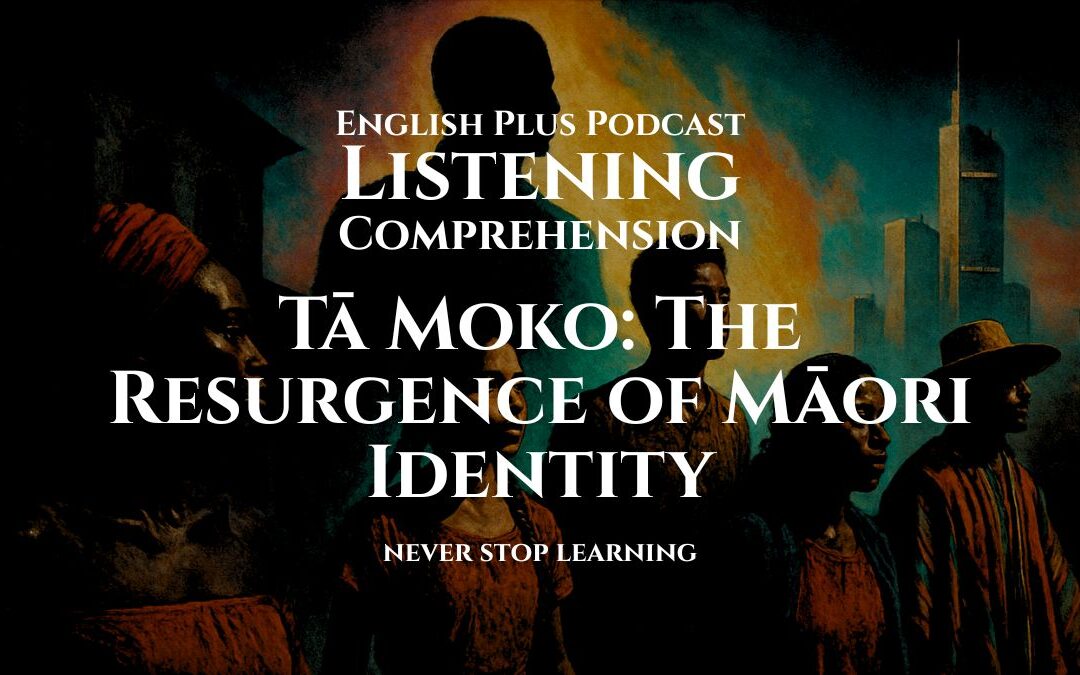
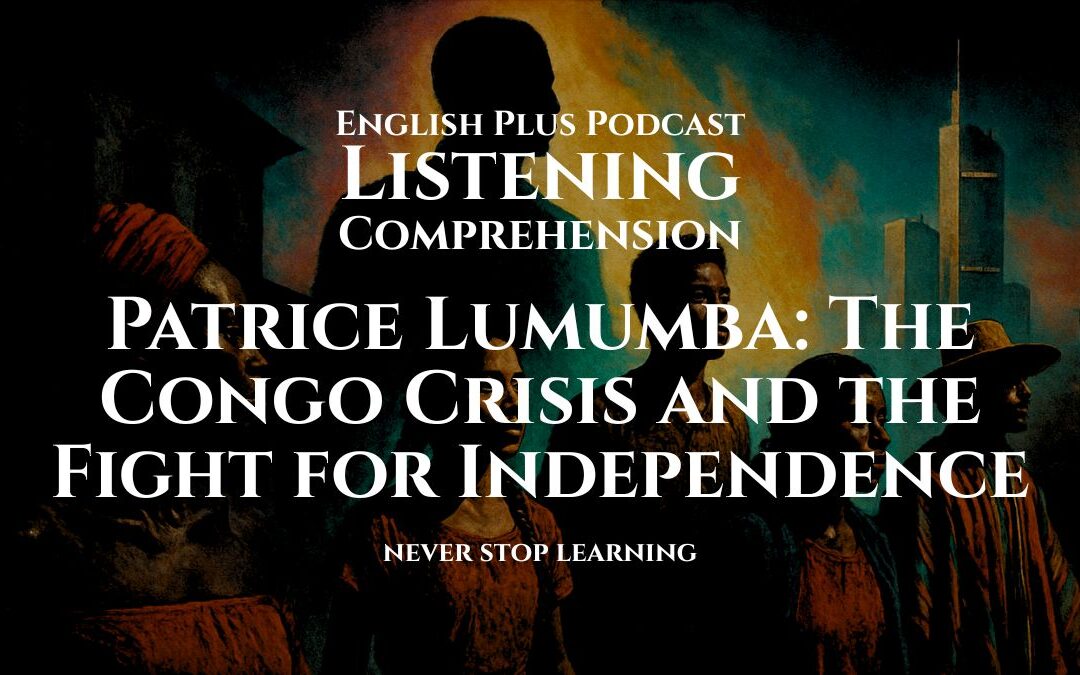
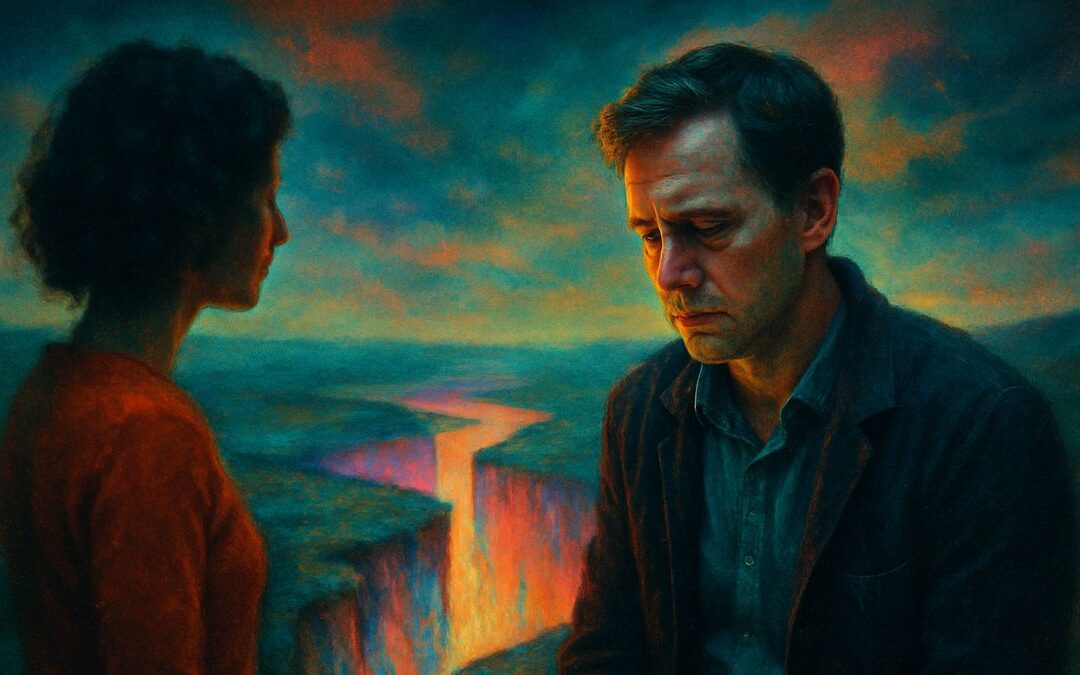

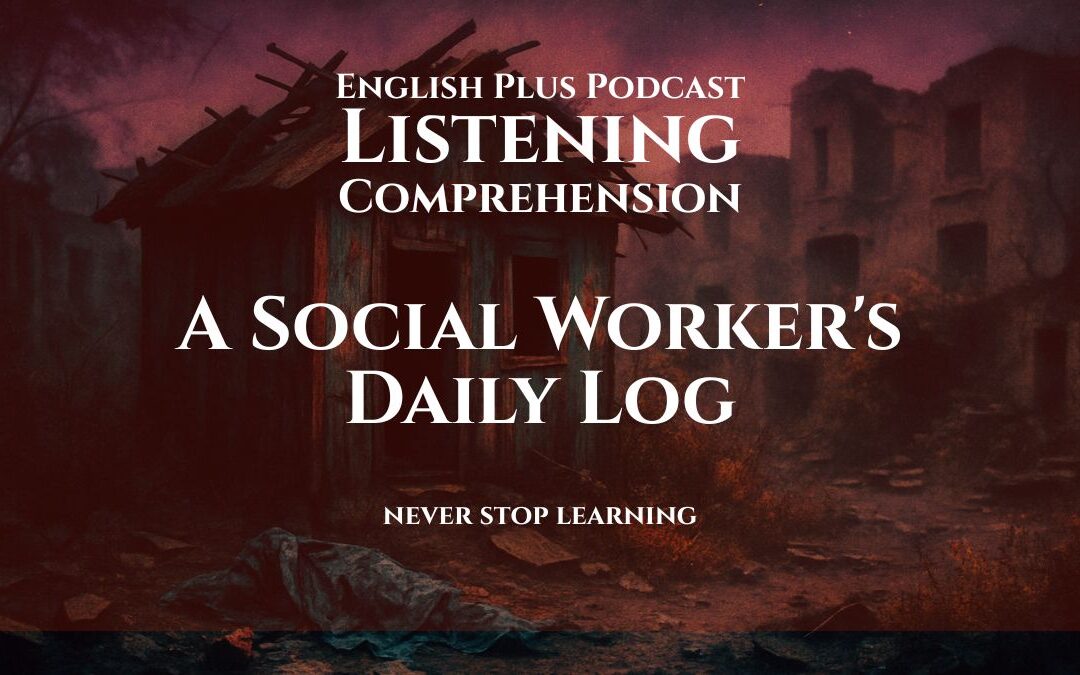
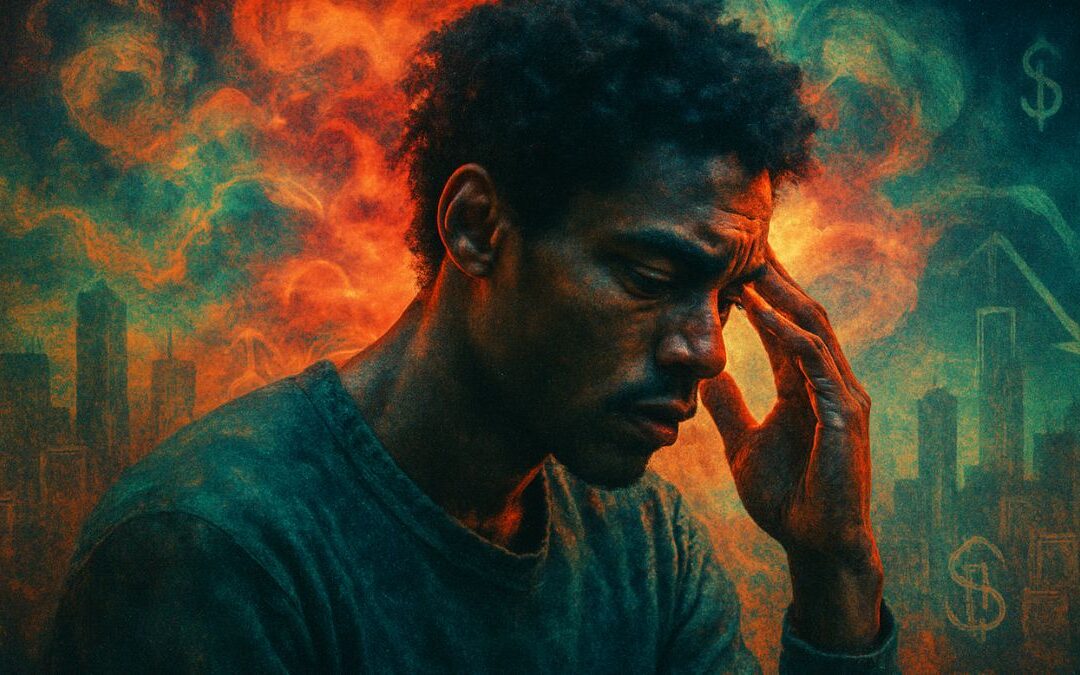
0 Comments